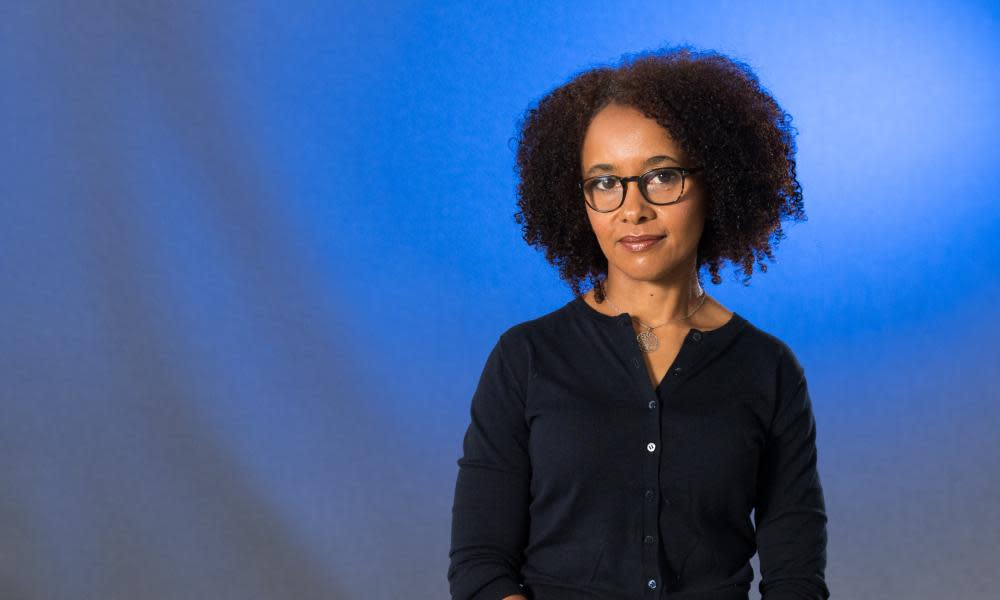The hope of an open field: sadness defines life right now – but nature and technology can help

Most mornings I wake up thinking of the funerals. Lonely gravesides. The lonely deaths preceding. There are those first few moments of oblivion where none of this is happening – it’s morning, it’s a sweet new day – then it descends, the horror of now, the 13-year-old leaving the world all by himself, the young nurses leaving behind bewildered and traumatised children, all the hundreds of souls daily rising and leaving through the ceilings of the hospitals. Death and grief are all around us, the dark punctuation to our days.
If melancholy often wakes with you, this is another story. This sadness is outside, a part of the infrastructure, it’s communal, everyone’s, both private and public. There is nothing you can tell yourself to make it go away, no positive affirmation, no bright persuasion or reconfiguration of logic. We have no choice but to stare this one in the face even on the days we feel we cannot, because it’s staring back at us anyway, taking away, if not someone we love, or someone loved by someone we know, then at the very least a stabilising normality, the fixtures that keep us whole.
The schools, the auditoriums, the malls, the beach, the supermarket. Shopping for food is a maximum security affair, verging on the volatile. The lunchtime shouts of the children lift not from full playgrounds but from the back gardens of exhausted parents – if they are lucky enough to have back gardens. Life has become absurd, crowded, formless, and in this absence of normality the things that I have found to be helpful are the most quietly fundamental. They are always there – the woods, for instance, and the light coming through the trees as we are walking. Nature is available to us in colours and light and texture and is intrinsically sustaining, open fields if you can get there in a short drive, and the drive itself, through lanes hooded by the new leaves of spring.
At the opposite end of the spectrum, technology. FaceTime, Zoom, Skype and Houseparty are enabling us to restore our lost connections, so that the cousins can keep up with the cousins and the grandparents can see the faces of the grandchildren and some Saturday nights we can drink wine and stay up late talking with friends. It’s still possible to use the energy of these connections to fuel ourselves through the difficult days, to take us for a little while somewhere else, if only in the atmosphere of the mind. The face and voice of another fundamental, my mother, coming out of my phone screen for 15 minutes was what got me through the rest of last Sunday.
When the public side of this isolation gets too much, loneness, as opposed to loneliness, is a necessary sanctuary. Retreating into the silence of solitude and being still with it for a significant amount of time. With no one else around, there is no expectation, no requirement other than to exist, to witness our thoughts. It’s in these moments that I become aware once again, perhaps for the 10th time that day, of the funerals and the lonely bedsides. I picture crowds of us standing around them, aunts weeping, pianos playing, the last kisses and the holding of hands, all of us lifting them through, so that they do not have to go lonely into the earth. This sadness comes with responsibility. We must feel it completely and reply with compassion.


